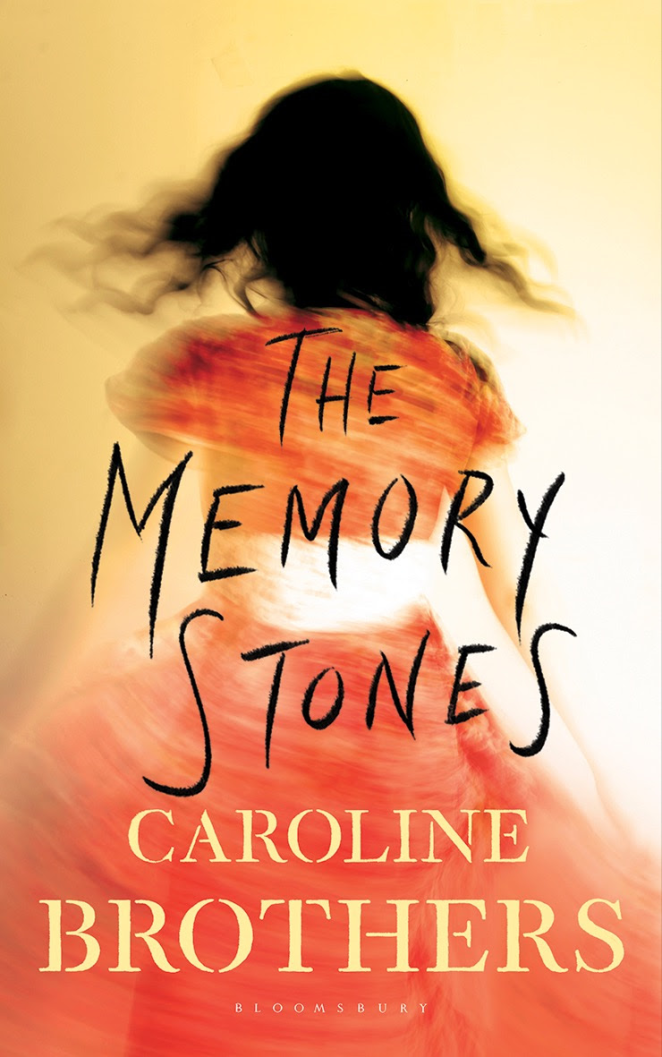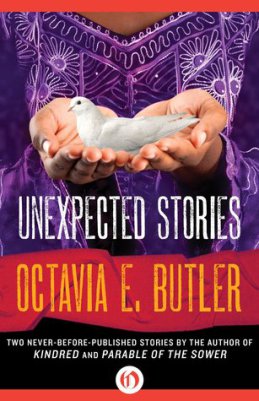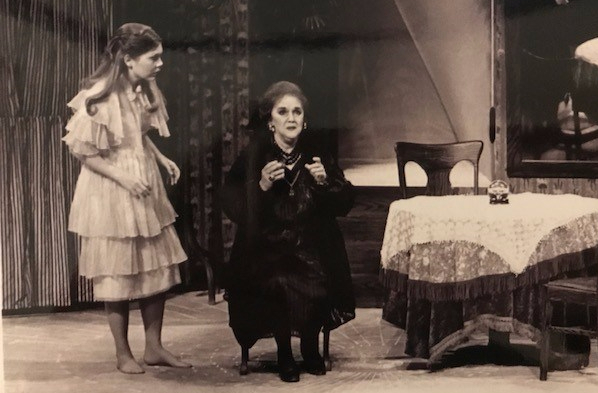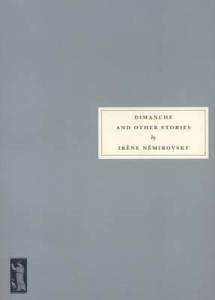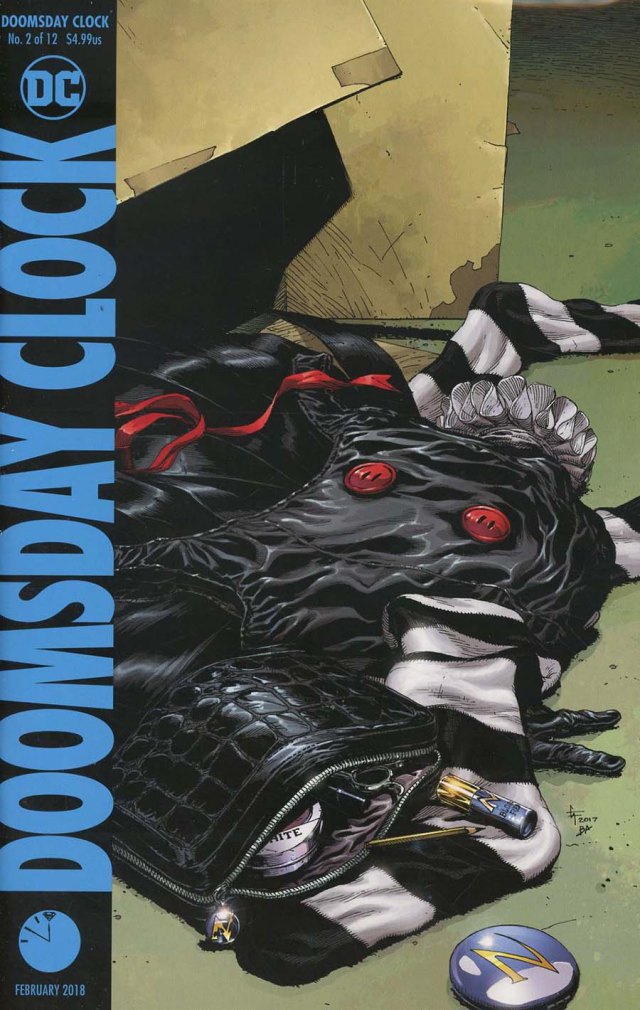
Ah yes, my favorite Watchmen character: Box of Assorted Clothing and Cosmetics
And now back to our regularly scheduled programming. Spoilers ahead for Doomsday Clock #2…
The second issue of writer Geoff Johns and artist Gary Frank’s Watchmen/DC Comics crossover event Doomsday Clock spends very little time exploiting the sense of dread and impending doom so masterfully curated in the debut issue, instead seeing those nuclear fears realized and moving on to an examination of a spectrum of perceived reality amongst superheroes.
In the opening panels we’re introduced to the concept of a sort of identity vendor within the Watchmen Universe who sells costumes and monikers, which, Doctor Manhattan aside, is all a superhero really is in the Watchmen Universe. Rorschach, the Comedian, Ozymandias, names and costumes the lot of them. And yet, even within the world of Watchmen there is a spectrum of realness and legitimacy which those characters have and so many others who buy monikers and costumes do not.
The new villain introduced last issue, the Mine, is a personification of this sort of nebulous discrepancy between real and fake superheroics in a world that only actually has one real superhero. Last issue we saw the Mime retrieve his pantomimed “guns” from a storage locker and this issue we see them in action, so to speak. Watching security camera footage of a bank robbery carried out by the Mime and the Marionette, we see him successfully coercing information from a bank teller by miming pointing a gun at her. We never see him fire psychic bullets or whack anyone with an invisible pistol, but the gun is perceived by the bank teller nonetheless. There or not, in effect the gun is real.
Perhaps then, in the Watchmen Universe, the reality of a superhero or supervillain is a matter of imposition of will, a scale of how deftly one can wield their own imagery and mythos within the world around them, their true power being influence. We see this influence reflected in the same bank robbery in a picture of the bank teller’s son, who we see cradling an Ozymandias action figure. Ozymandias is not only a moniker and a costume, it is a moniker and a costume that penetrates the surrounding culture, that means something to the world around it.
In crossing over to the proper DC Universe, Ozymandias, Rorschach, the Marionette and the Mime enter a world in which that influence and legitimacy might just translate to something more, something palpable. In the DC Universe, the Mime’s pantomimed lock pick works.
DC’s universe has always carried with it the weight of myth, their characters less a reflection of the world outside our door than monuments to ideals and beliefs. It’s fitting then that Doomsday Clock seems interested in exploring the potency of myth as its narrative moves across universes more and less like our own.
In its inaugural issue Doomsday Clock concerned itself with very real world fears. Its second issue sets up an exploration of what effect, if any, very unreal world stories have on those fears. When Batman saves Gotham, what effect does that have on the DC Universe? What effect does that have on a separate fictional universe in which Batman is a fiction? What effect does that have on our world, here and now, and how real is the effect of that fictional salvation, particularly in the face of very real dread?
And to think at this point Doctor Manhattan hasn’t even gotten involved in the proceedings. Two issues in Doomsday Clock promises to be one wild ride.
Advertisements Share this:
